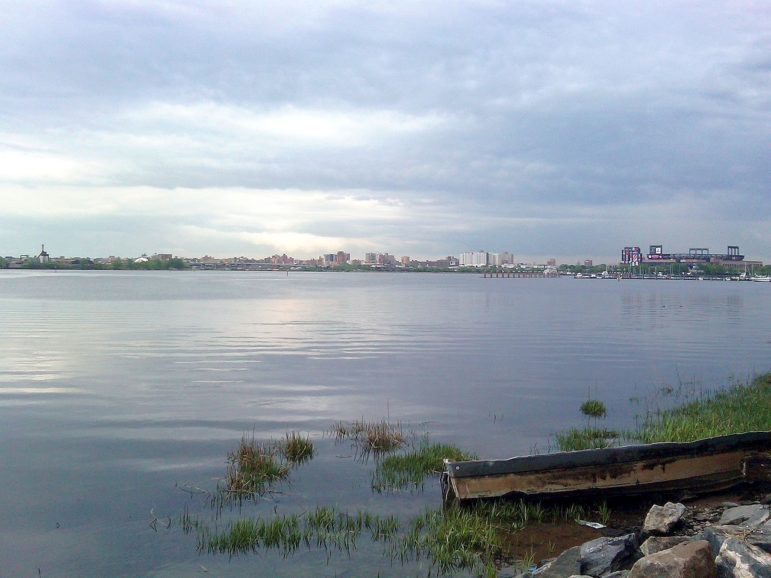
Transpoman
Flushing Bay, one 11 waterways where the city’s plans for clean water need state approval. At issue is the science behind the state’s evaluation of those proposals.
From the vantage point of a bike path or highway or pedestrian bridge, places like Flushing Bay, Westchester Creek or the Bronx River can look like water bodies everywhere, their cool blue-green surfaces rippled by wind and contoured by gentle currents. Whether those waters are “clean,” however, is a matter for science—and the subject of a complex legal dispute that hit federal court on Thursday.
A coalition of environmental groups filed suit charging that the federal Environmental Protection Agency had failed to perform its duties under the Clean Water Act when it allowed New York State to use an outdated testing method to gauge whether New York City is doing enough to clean its waterways.
“New York’s use of outdated standards will often indicate that water quality is suitable for contact recreation when in fact it is not,” the complaint filed in the Southern District by Riverkeeper, Natural Resources Defense Council and others, reads. “Thus, the standards will mislead the public and members of plaintiff organizations to believe that there is no significant risk of contracting waterborne diseases when in fact this risk is significant.” And that, the suit says, will put people “at increased risk of illness when they seek to use and enjoy” local waterways.
The city is engaged in a long and costly process to comply with the Clean Water Act, which requires water to be suitable for fishing, boating and swimming. Most water bodies in the five boroughs are polluted by raw sewage from overflows that occur when rainwater—which in some cases travels through the same pipes as sewage from homes and businesses—overwhelms the city’s sewage plants.
That process involves the creation of “long term control plans” for 11 separate waterways, as well as a citywide plan, each of which spells out the methods the city plans to undertake to reduce pollution to meet legal standards. The city Department of Environmental Protection creates the plans and the state Department of Environmental Conservation, which is responsible for enforcing the federal Clean Water Act in New York State, approves them.
The question is whether the state is using the right scientific standards for measuring water pollution to evaluate those city proposals, many of which were recently approved.
When people touch, swim in or eat fish from a troubled water body, the health danger is bacteria—namely fecal bacteria. That’s what sewage delivers to city waterways. (Sewage also can lead to reduced dissolved oxygen in the water, which doesn’t directly affect human health, but affects fish survival). The way to find out if water is unhealthy to swim in is to test for fecal bacteria.
There are different kinds of bacteria found in feces, however. The city tests—and the state permits the city to test—for a kind called coliform. But according to a 2007 paper published by the National Center for Biotechnology Information, “studies indicate low survival rate of coliforms in stress conditions, hence it’s use as indicator of fecal pollution is being abandoned in many parts of the developed world.” But a different kind of bacteria, enterococcus, shows “high survival rate and lower variability.”
The EPA told the state as much in a letter last year, noting that it “has not supported [total and fecal coliform as] fecal indicator bacteria (FIB) since 1986” and that enterococcus bacteria “are the scientifically defensible recreational criteria.”
But, the suit alleges, the EPA didn’t do what it should have: reject the state’s approach and force a new one. As a result, “the state’s outdated and weak standards also result in overly permissive pollution control requirements in water pollution discharge permits and enforcement orders, because such requirements are set based on the state’s water quality criteria,” the suit reads. “Absent more stringent pollution controls, which would be required under more protective water quality criteria, unsafe pathogen levels will continue to impair” city waterways.
The suit asks the court to, basically, force the EPA to force the state to force the city to do a better job.
DEC and EPA have a policy of not commenting on litigation. DEP did not respond to requests for comment.








